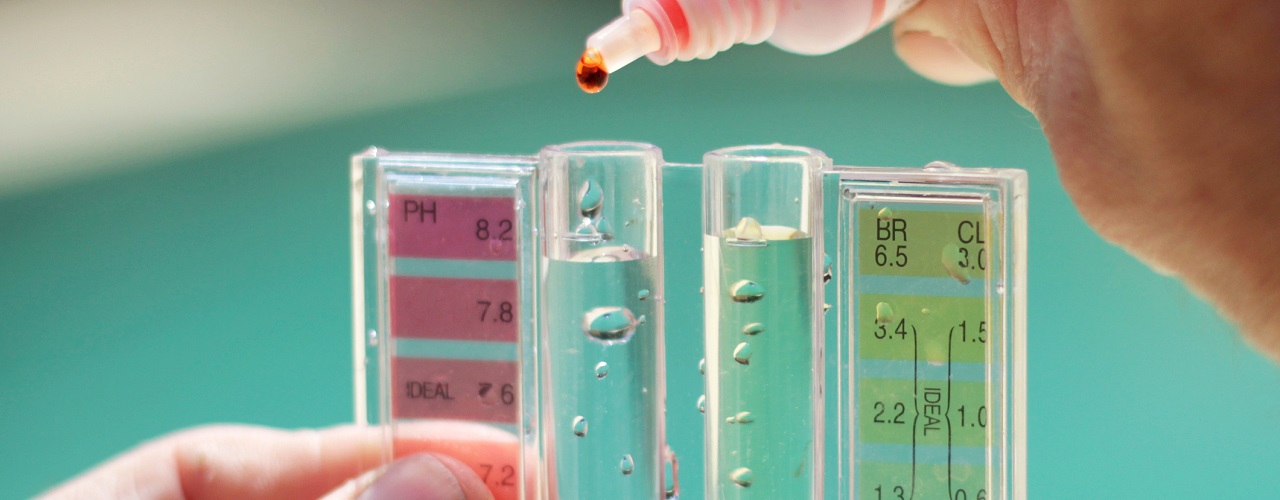Understanding Hot Tub Chemistry
Owning a hot tub is a lot of fun for the entire family and when you buy a good quality hot tub, you will find that there is very little maintenance that is required. However, you do want to take the few steps that are necessary to keep your hot tub pristine and fully optimized. There are a few chemicals that you may want to use in order to be able to achieve this.
One of the priorities is to keep your hot tub sanitized. Sanitizing your hot tub means killing the bacteria and any potential viruses that may be present, as well as preventing the growth of algae. There are some common products that can be used to assist you with this.
Chlorine
This is something that many people are familiar with as it is used commonly in swimming pools. It can be used in hot tubs as well, but it is important that you buy good quality chlorine and you also follow the manufacturer's directions for using chemicals in your hot tub. You will find that it comes in many different forms, such as tablets or granules that dissolve as soon as they have been added to the water. These are the best types to use for hot tubs and you really want to keep your chlorine levels between 3 to 5 MG/L.
Bromine
This is a mixture of chlorine and sodium bromide. Bromide is also another product that works very well as a sanitizer and has been approved for hot tubs. One of the advantages of using bromine is that it does not have the strong odor to it that chlorine does. You will want to follow your hot tub manufacturer's directions regarding the ideal level of bromine for your hot tub, but it is usually between 3 to 6 MG/L.
Shockers and oxidizers
Following the proper maintenance program to sanitize your hot tub is going to mean that you are going to very rarely have any issues with the water that it contains. On occasion, you may need to shock the water if the hot tub is being used on a consistent basis by many people. When you shock the hot tub it helps to get rid of any odors that may be forming and any organic material that has not been removed by your sanitizing system. Individuals that use the hot tub often have body oils on them and perspiration or cosmetics which often end up in the water of the hot tub. When you shock the hot tub it helps to get rid of all of these substances. There are several different products on the market that will do this job for you. Most likely, your provider of your hot tub carries a selection of hot tub products that you can rely on.
Alkaline
You want to know the level of alkaline in the water as this is the buffer regarding changes in pH. You want to make sure that you test regularly for the total alkalinity level, which should be between 125 – 150 MG/L. If you don't stay on top of this and you allow it to drop lower than these measurements, you can end up with some corrosion of your hot tub equipment. If it gets too high, the clarity of the water is affected.
PH level
Measuring the pH level is going to tell you what the level of acidity or alkalinity is of your hot tub water. 0 to 6 indicates that the water is acetic and seven is neutral, while anything between 7 to 14 is standard. There are handy test strips that you can use for testing this.
Calcium
You will have to constantly be adding fresh water to your hot tub as it dissipates through use and evaporation. Each time you are adding water, you are going to want to check calcium levels. This is going to depend on the type of water that you're using as tap water in some areas can be soft, while in other areas it can be harder, which means it has a higher level of calcium. It is suggested that the calcium level of the hot tub should be capped between 100 to 200 MG/L. Calcium levels that are too low will lead to equipment corrosion. If the calcium is too high the water may look milky or cloudy.
As you can see, it takes very few chemicals to keep your hot tub working at its best and it is well worth the few minutes of effort and investment that it takes to maintain it properly.







